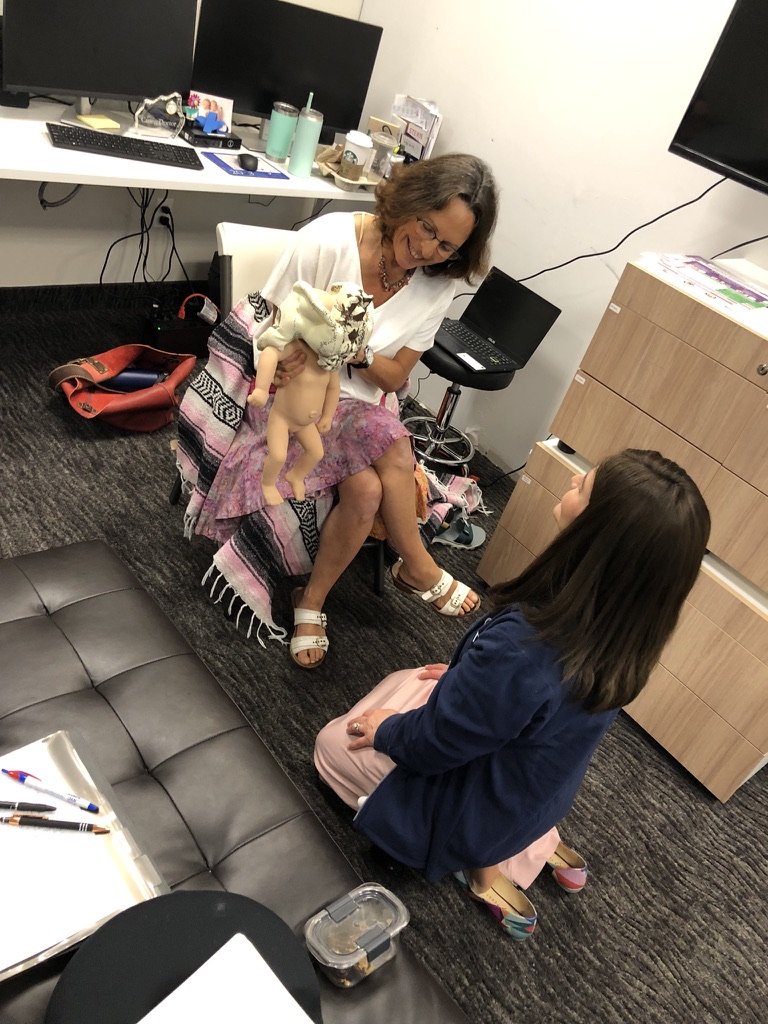To try to conceive a specific sex, there is a costly, invasive and controversial way of preimplantation genetic testing when doing in-vitro fertilization (IVF) or boy/girl sperm sorting with intrauterine insemination (IUI) - although not as full proof.
There is no research or science to back the effectiveness of other natural methods. The theory behind a few of them is that girl producing sperm move slower than boy producing sperm, but last longer. So, if you want a girl, try to have sex 2-3 days before ovulation, as they will still be in the fallopian tubes when egg is released. If you are trying for a boy, timing sex as close as possible to ovulation theoretically is more likely to work, as the boy carrying sperm swim faster to the egg but don’t last as long.
Another theory is based on biochemical cyclic changes in a woman’s body favoring girl or boy carrying sperm, leading to the opposite conclusion above. Having sex 2-3 days before ovulation is more likely to be. girl, 4-6 days before ovulation is more likely to be a boy, but this is confusing as male sperm are unlikely to survive that long.
There are people that swear by either of the two methods, claiming it worked for them consistently, but others got opposite results and again it’s not backed by the research. Same with sexual position - missionary for a girl baby, doggy style deeper penetration for a boy baby to help the faster swimming male sperm real their goal before the girl sperm. There is no harm in trying any of these natural methods, just no guarantees it will work.
When it comes to determining baby’s sex in pregnancy, contrary to popular thinking, sonograms can make mistakes and are not 100% accurate, possible north of 100% when done mid pregnancy, depending on the skill of the sonographer to identify the genitals of boys and girls, as is also effected by baby’s and the umbilical cord’s position. The noninvasive DNA blood test is way more accurate 98-99%, as it detects fetal blood cell chromosomes in maternal blood.
Then there is the magical surprise, not knowing as was done through history until the actual birth, when mama and her partner are encouraged to discover it for themselves. You do not need to go with the modern flow of knowing if you are carrying a boy of girl before birth and “gender“ or sex reveal parties.
I get a kick out of the old wive’s tales about detecting sex in pregnancy - some still currently practiced, like rate of fetal heart, how mama is carrying, what she senses within, and cravings. Some do swear by them, but they are myths, not reliable according to the science, research and literature.
There was actually a study based on mama’s intuition that showed it was correct about half of the time, the same accuracy as flipping a coin.
I knew an obstetrician who said he had some fun with this and made an “educated” guess, was able to detect boy or girl to mamas in his practice, but write the opposite sex in the chart. He was always “right” because either what he told mama was correct, or the opposite was in the chart, she must have been mistaken or heard him incorrectly. They always had a laugh. No reason not to have fun with this.
For more on fertility awareness to boost your chances of getting pregnant naturally, best preconception lifestyle practices read my Natural Birth Secrets book 2nd edition. It is doctor and midwife recommended guide for all stages of birth, from natural family planning and preconception, to pregnancy, birth, and postpartum. Whether birthing at home, hospital or in a birthing center - even if this is not your first baby - experience the unique approach on how to have a deeply positive, empowered, and joyful journey. Included are effective holistic and natural remedies for common issues.
Once you get pregnant, prepare for the birth of your dreams with my comprehensive holistic Guide to Pregnancy, Birth and Postpartum. I’ve taken everything I’ve learned, trained, and supported women locally for over 28 years in my private practice and I’ve poured all of my love, passion, knowledge, and experience into creating something truly special for you… my new and updated Pregnancy, Birth & Postpartum Guides. Same Beloved Content Plus Over 40 Added Bonus Videos! Buy Here Now!
They can be used via the mobile App or on your desktop! It’s the most up to date combination of Love Your Birth and Walk With Anne for Mamas online courses at a cheaper price! And they have an option for direct access to me for your questions and concerns!!
Whether you’re an experienced or new parent, there are hours of videos, workbooks, and PDFs to answer all of your questions. Everything is searchable, so you can just type or talk and it’ll bring you right to the exact moment in the video where I answer your question. It’ll blow your mind! If English is not your strongest language, you can even change the captions or even the audio to the language you prefer. The Prenatal, Birth & Postpartum Guides can be sold separately or in a bundle to buy only the section you need or get ALL of the guides for a limited-time offer of 50% off -> RIGHT HERE!
The key to a positive birth is feeling confident, strong, relaxed, and empowered during the entire process, regardless of the twists and turns it may take. I give my full heart and all I know in everything I do to support Mommas.






















